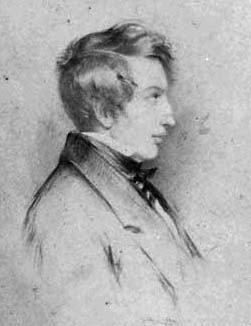p. iii http://books.google.com/books?id=h7JT-QDuAHoC&pg=PR3; Lead paragraph of the Preface; Highlighted section cited in: Patricia R. Allaire and Robert E. Bradley. " Symbolical algebra as a foundation for calculus: DF Gregory's contribution http://poncelet.math.nthu.edu.tw/disk5/js/history/gregory.pdf." Historia Mathematica 29.4 (2002): p. 408
Examples of the processes of the differential and integral calculus, (1841)
Duncan Gregory: Frasi in inglese
Origine: Examples of the processes of the differential and integral calculus, (1841), p. 237; Lead paragraph of Ch. XV, On General Theorems in the Differential Calculus,; Cited in: James Gasser (2000) A Boole Anthology: Recent and Classical Studies in the Logic of George Boole,, p. 52
That these are the laws employed in the demonstration of the principal theorems in Algebra, a slight examination of the processes will easily shew ; but they are not confined to symbols of numbers ; they apply also to the symbol used to denote differentiation.
p. 237 http://books.google.com/books?id=8lQ7AQAAIAAJ&pg=PA237; Highlighted section cited in: George Boole " Mr Boole on a General Method in Analysis http://books.google.com/books?pg=PA225-IA15&id=aGwOAAAAIAAJ&hl," Philosophical Transactions, Vol. 134 (1844), p. 225; Other section (partly) cited in: James Gasser (2000) A Boole Anthology: Recent and Classical Studies in the Logic of George Boole,, p. 52
Examples of the processes of the differential and integral calculus, (1841)
p. vi http://books.google.com/books?id=h7JT-QDuAHoC&pg=PR6, as cited in: Patricia R. Allaire and Robert E. Bradley. " Symbolical algebra as a foundation for calculus: DF Gregory's contribution http://poncelet.math.nthu.edu.tw/disk5/js/history/gregory.pdf." Historia Mathematica 29.4 (2002): p. 409.
Examples of the processes of the differential and integral calculus, (1841)
